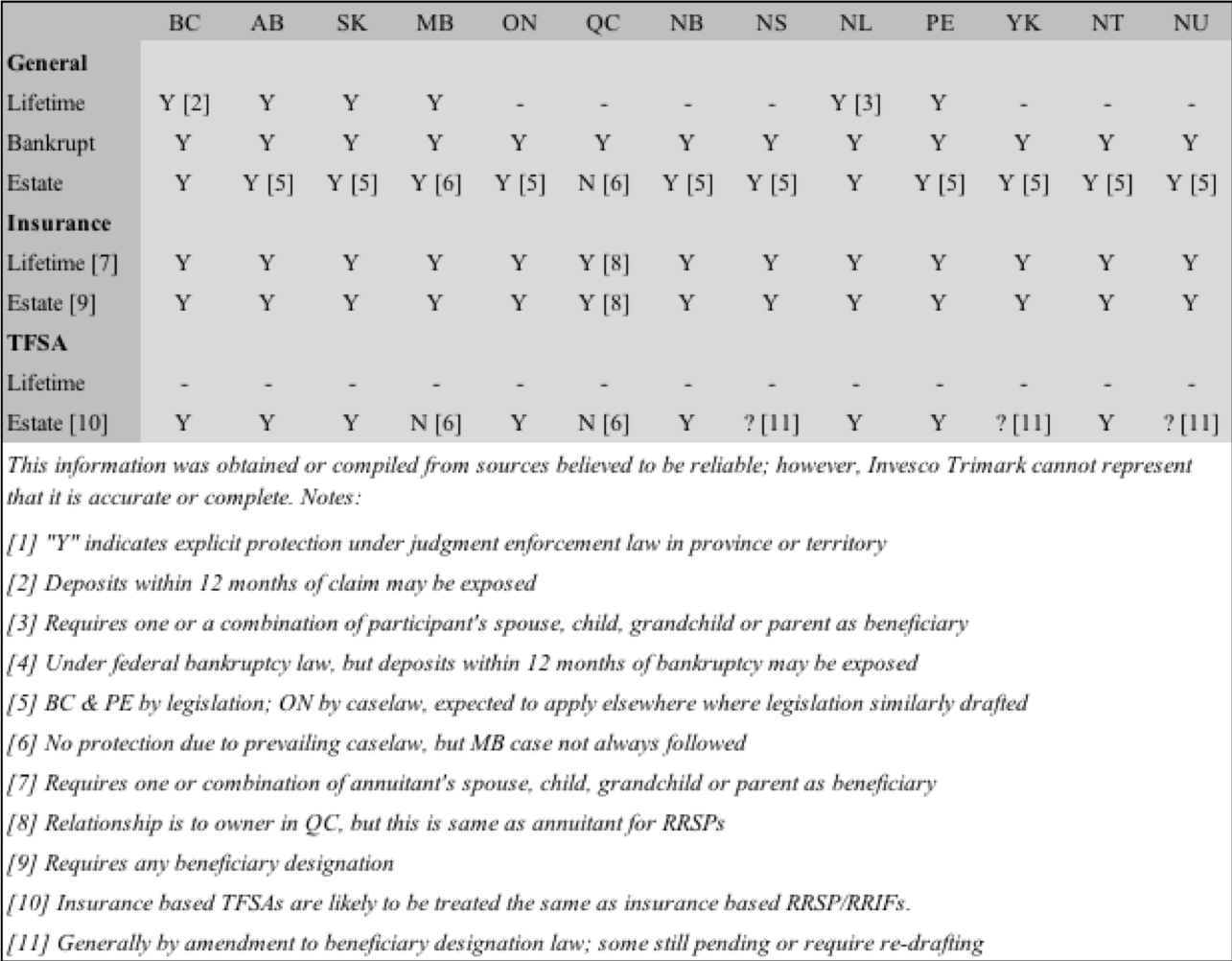The act of beneficiary designation is a microcosm of estate planning. With the stroke of a pen or a few taps on a keyboard, this final step in the life insurance contract cycle is completed.
And there’s the myth –
Never believe that the act of naming a beneficiary is complete just because boxes have been filled, forms filed and contracts issued. One would think that certainty is assured if all these steps have been carried out correctly, but that’s simply not the case.
At best one can assert that compliance with technical rules fulfills professional responsibilities and creates reasonable expectations in most circumstances. Like broader estate planning, however, policy payout may end up being played out against a backdrop of conflicting personalities, competing priorities and contradictory contentions.
This fragility is perhaps most clearly brought to light in the intersection of insurance contracts and matrimonial law. Here is where that microcosm of estate planning comes into the sharpest focus in the form of estate litigation.
Life altering fortunes are on the line, emotions rule, and fates are placed in the hands of a judge working with often imperfect information. And sometimes there are imperfect results, especially if you’re on the short end of the gavel, so to speak.
Here are two recent cases that help illustrate the challenges that can arise where conflicting language and actions impact upon the distribution of life insurance proceeds.
RBC Life v. Monaco, 2010 ONSC 75
In the province of Ontario, as with most common law provinces, a beneficiary change form need not be in any specific form to be valid. As well, only irrevocable beneficiary designations need to be filed with an insurer to be valid, at least with respect to the irrevocability. Consent of any existing irrevocable beneficiary would also be required. The only requirement for non-irrevocable designations is that they be in writing.
Paolo Monaco named his brother as beneficiary on life insurance arranged in 2003, just after commencing a common law relationship with a woman who had a young son. The insurance agent was a friend of a friend of the common law spouse. Paolo died in a motor vehicle accident in 2007.
Following death, the insurance agency requested by email that RBC Life change the beneficiary, but did not initially advise of the death. The form eventually faxed in showed an execution date in 2005 in favour of the common law spouse’s son (in trust), but the policy number was transposed with the common law spouse’s own policy. In fact, the original change form was never found; only a photocopy was ever produced.
As executor of the estate, Paulo’s brother alleged that the produced form was a forgery, and he would have the onus to prove so on a balance of probabilities.
The judge remarks on the dilemma of validating a photocopy, the untimely filing, and the weak testimony of most of the witnesses. He was notably pointed in stating that the insurance agent’s evidence was “not very impressive” and that his “evidence as to the chronology of events was lacking.” In the competition between handwriting experts, however, the judge favoured the evidence upholding the form, and therefore the alleged fraud was unproven.
At the very least, there is a lesson buried in there with respect to proper record-keeping and conscientious follow-up.
Elton v. Elton Estate, 2010 NLCA 2
It is generally possible, at least in the common law provinces, to uses one’s Will as a written instrument to make or change beneficiary designations on life insurance contracts. To do so, the relevant insurance policy must be in place prior to the execution of the Will, and such policy must be clearly identified.
In Elton, the Newfoundland Court of Appeal accepted that the provision in Brian Elton’s Will adequately identified a number of life insurance policies totaling $1.75 million naming his wife Kathryn as beneficiary. The Will provision refers to transferring to her “proceeds of life insurance policies already naming her beneficiary and any additional insurance monies necessary to provide her with a total of $450,000.00.”
The issue before the court was whether the Will phrasing revoked the designations and capped Kathryn’s entitlement to $450,000, or if she was entitled to this dollar amount in addition to the direct designation proceeds. As a further ingredient in the mix, the Will provision incorporated a domestic contract by reference. Sadly, the day after he executed the Will, Brian Elton took his own life.
Whereas the trial judge found in favour of Kathryn, on appeal the decision was reversed and her entitlement was capped at $450,000.
Of particular interest and instruction for financial advisors is the following statement from the appeal court summarizing the trend in interpretation from the bench in such cases: “It would be incorrect to state that the Life Insurance Act or its requirements must be strictly interpreted as that would be contrary to established principles of statutory interpretation.”
The simple lesson
Despite the black letter of law in legislation and regulation, especially as evidenced by the statement in Elton, it seems there will always be a degree of grey when it comes to naming life insurance beneficiaries.
